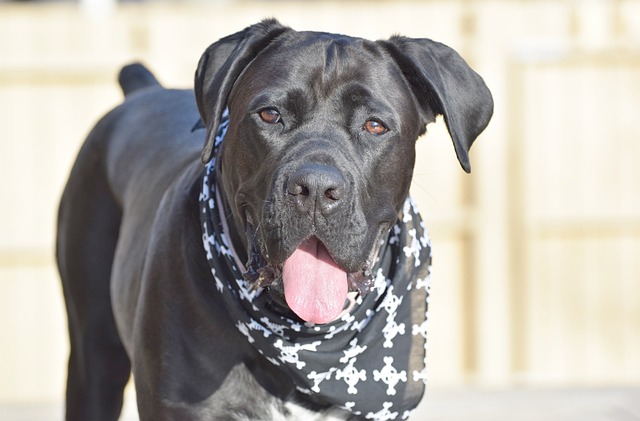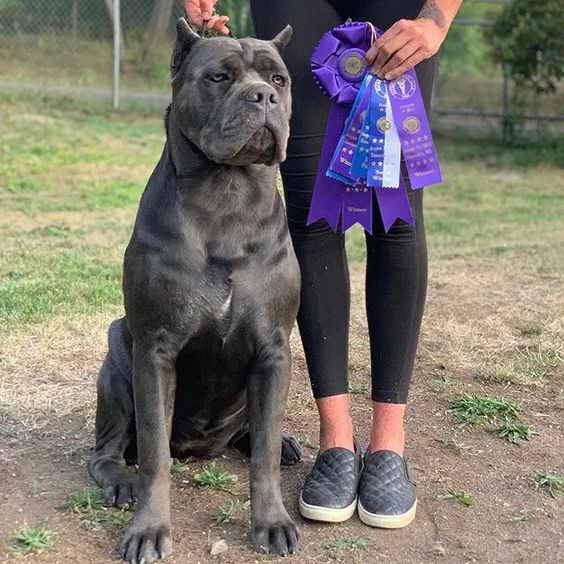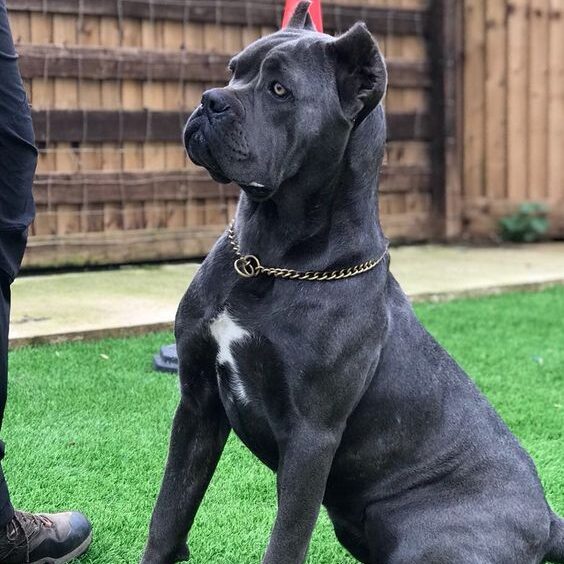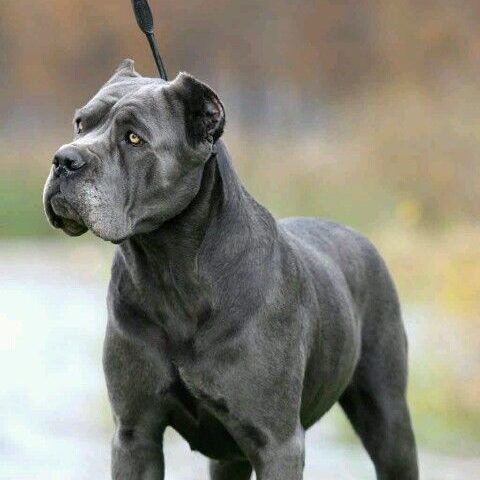
Cane Corsos, with their imposing stature and powerful build, require consistent exercise to maintain their physical and mental well-being. A well-exercised Cane Corso is not only happier but also healthier, with reduced chances of obesity and behavioral issues. Understanding the exercise needs of this breed is essential to ensure a strong bond between you and your furry friend. “Cane Corso Exercise”
How much exercise does a Cane Corso need daily?
The exercise requirements of a Cane Corso can be influenced by factors such as age, health, and energy level. As a general guideline, aim for 60 to 90 minutes of exercise daily, distributed over multiple sessions. Puppies and young Corsos might need slightly less to protect their developing joints, while more active individuals may require additional time to burn off excess energy. Remember, quality matters as much as quantity – engaging activities that challenge their mind and body can be just as beneficial as extended playtime.
Engaging in activities like brisk walks, jogging, or hiking can help keep your Cane Corso in shape. Incorporate interactive games like fetch, frisbee, or tug-of-war to stimulate their mental faculties while exercising their muscles. Additionally, involving your Cane Corso in training sessions can serve as both mental and physical workouts, strengthening your bond and enhancing obedience.
Keep an eye on your dog’s reactions during exercise. Signs of exhaustion or reluctance might indicate it’s time to slow down or take a break. Water breaks are crucial, especially during warm weather, to prevent dehydration. Be mindful of surfaces – jogging on softer terrains can be gentler on their joints compared to pounding on pavement.
How to Fix a Schedule for Your Cane Corso Exercise
Creating a consistent exercise schedule for your Cane Corso not only keeps them physically fit but also establishes a routine that they can rely on. Dogs thrive on predictability, and a well-structured schedule sets the tone for a balanced lifestyle. Start by considering your own daily routine and finding windows of time that align with both your commitments and your Cane Corso’s energy levels.
Begin your schedule by designating specific times for exercise. Whether it’s a morning walk, an afternoon play session, or an evening jog, consistency is key. Remember that Cane Corsos are most active in the morning and evening, making these optimal times for longer or more intensive exercises.
Exercise schedule for Cane Corsos
| Age Range | Exercise Schedule |
|---|---|
| Puppy (0-6 months) | Short, controlled play sessions to prevent overexertion. Gentle walks (5-10 minutes, 2-3 times a day). Basic obedience training (mental stimulation). |
| Adolescent (6-12 months) | Longer walks (15-20 minutes, 2-3 times a day). Age-appropriate play with other dogs. Introduction to structured training sessions. Avoid strenuous exercise to protect growing joints. |
| Young Adult (1-2 years) | Increasing walk duration (20-30 minutes, 2-3 times a day). Gradual introduction to jogging or running (short distances). Engaging in mentally stimulating games and activities. |
| Adult (2-5 years) | Regular daily walks (30-45 minutes, 2-3 times a day). Incorporate more vigorous exercise like hiking or swimming. Structured training sessions for mental exercise. |
| Mature Adult (5+ years) | Maintain regular walks (30-45 minutes, 1-2 times a day). Focus on low-impact activities like swimming or gentle jogging. Monitor for any signs of joint stiffness or discomfort. |
| Senior (8+ years) | Shorter, more frequent walks (20-30 minutes, 2-3 times a day). Slow-paced walks to accommodate any mobility issues. Gentle stretching exercises to maintain flexibility. Vet-approved exercises to suit individual needs. |
How to Make Exercise Fun and Joyful for Your Cane Corso
Injecting a sense of excitement into your Cane Corso’s exercise routine not only benefits their physical health but also strengthens the bond you share. Incorporate elements of play and variety to keep them engaged and eager for each session. Toys like balls, frisbees, and rope toys can turn simple activities like fetch into thrilling adventures.
Use positive reinforcement and praise during exercise to create a positive association. Training sessions that involve commands like “sit,” “stay,” or “come” can be seamlessly integrated into playtime, enhancing mental stimulation while reinforcing obedience. Rotate exercise locations – exploring new parks, trails, or neighborhoods offers novel scents and sights that capture your Cane Corso’s curiosity.
Exercise Your Cane Corso through Swimming
Swimming is a fantastic low-impact exercise for Cane Corsos, providing a full-body workout without straining joints. Before introducing your dog to water, ensure they’re comfortable with the idea by starting in shallow, calm areas. Gradually lead them into deeper water as their confidence grows. Always use a dog-friendly life vest, especially if your Cane Corso is new to swimming.
Swimming not only builds physical strength but also bolsters water confidence and can be an enjoyable bonding experience for both of you. Remember to rinse off their coat after swimming to remove chlorine or saltwater residue.
Socializing Your Cane Corso through Exercise
Combining exercise with socialization is a win-win for your Cane Corso. Group walks, dog park visits, or playdates with well-matched companions can improve their social skills and reduce any tendencies towards aggression or anxiety. Engaging in these activities with other dog owners offers you the chance to share experiences, tips, and even form lasting friendships.
Observe your Cane Corso’s interactions closely during these exercises. Encourage positive encounters and intervene if play becomes overly rough. Gradually exposing them to various environments, dogs, and people helps them become well-rounded and confident companions.
Exercise Your Cane Corso through Everyday Jogging
Jogging is an excellent way to burn off your Cane Corso’s excess energy while keeping yourself fit as well. Before embarking on a jogging routine, ensure your dog is physically mature, typically around 18 to 24 months old. Start with short distances and gradually increase as their stamina builds.
Choose appropriate surfaces such as grass, dirt trails, or soft pavement to minimize impact on their joints. Incorporate intervals of walking to give them breaks and prevent overexertion. Regular jogging not only enhances cardiovascular health but also helps maintain healthy weight and provides mental stimulation through exposure to changing environments.
Indoor Exercises for Your Cane Corso
Incorporating indoor exercises into your routine is crucial for days when outdoor activities are limited due to weather conditions. Indoor exercises can also prevent boredom and provide mental stimulation, making them a valuable addition to your Cane Corso’s routine. Create a mini obstacle course using household items like chairs, cones, or blankets to challenge their agility and problem-solving skills.
Interactive toys, like puzzle feeders or treat-dispensing toys, engage their minds while rewarding them for their efforts. Hide-and-seek games or basic obedience training sessions can be effective ways to bond and provide mental exercise without leaving your home.
Outdoor Activities for Cane Corso Exercise
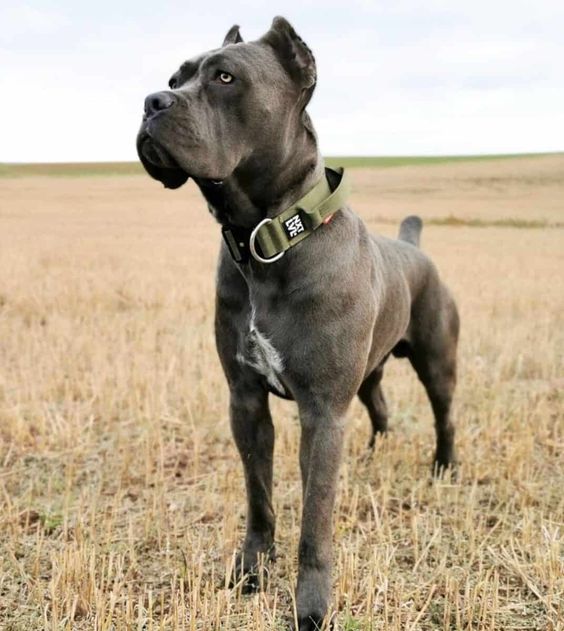
Cane Corsos have a natural inclination towards being outdoors, making it essential to offer them engaging outdoor activities. Hiking trails and nature walks not only provide physical exercise but also expose them to different scents and environments, satisfying their curious nature. Invest in a sturdy harness to ensure their safety during outdoor adventures.
Agility training is another dynamic option for outdoor exercise. Set up a simple agility course using cones, hurdles, and tunnels. This not only enhances their physical fitness but also challenges their cognitive abilities and improves their responsiveness to commands.
FAQs
1. How often should I exercise my Cane Corso?
Aim for at least 60 to 90 minutes of exercise daily, divided into multiple sessions.
2. Can I skip exercise on rainy days?
Indoor activities can provide a suitable alternative on days with inclement weather.
3. Is swimming safe for my Cane Corso?
Yes, swimming is an excellent low-impact exercise, but always supervise your dog and ensure gradual introduction.
4. Can I jog with my young Cane Corso puppy?
Puppies’ joints are still developing, so consult your vet before starting a jogging routine.
5. What’s the importance of mental exercise?
Mental stimulation through training and games is crucial for preventing boredom and promoting overall well-being.
6. Are there any specific games my Cane Corso will enjoy?
Games like fetch, hide-and-seek, and puzzle toys can keep your dog entertained and engaged.
7. Should I socialize my Cane Corso only during exercise?
While exercise provides a good opportunity, dedicated socialization sessions are also essential for a well-rounded dog.
8. Can indoor exercises be intense enough?
Yes, activities like indoor agility, obedience training, and interactive toys can provide ample exercise indoors.
9. Are there outdoor activities to avoid?
Be cautious with activities that involve excessive jumping or intense impact to protect your dog’s joints.
10. How can I prevent overexertion during exercise?
Watch for signs of fatigue, such as excessive panting or lagging behind, and provide water breaks as needed.
Conclusion
In conclusion, understanding and fulfilling the exercise needs of your Cane Corso is a fundamental aspect of responsible and caring pet ownership. From their puppy days through their golden years, these majestic companions require a balanced exercise routine that caters to their evolving physical capabilities, energy levels, and overall health. By tailoring their exercise regimen to different life stages, you’re not only ensuring their physical well-being but also nurturing their mental and emotional health.
With over 4 years of devoted companionship with my beloved Labrador Retriever, Robin, I have cultivated a deep understanding and expertise in all things canine. From training and behavior to health and well-being.

